The Book of Dust: La Belle Sauvage
by Philip Pullman
The highly anticipated first book in the companion series to Philip Pullman's His Dark Materials is out today, 17 years after The Amber Spyglass, the final book in the trilogy, was released. "The [new] story begins before His Dark Materials and continues after it," Pullman said on NPR's Morning Edition. "You don't have to read it before you read [the original trilogy]... it's not a sequel, and it's not a prequel, it's an equel." Equal indeed--the masterful writing, fantastic elements and heroic journey that made the first three books shine are in full force in La Belle Sauvage.
"Three miles up the river Thames from the center of Oxford... stood the Priory of Godstow, where the gentle nuns went about their holy business; and on the opposite bank from the priory there was an inn called the Trout." Eleven-year-old Malcolm Polstead is the son of the couple that owns the Trout and he, like "every child of an innkeeper," works around the tavern. An "inquisitive" child, Malcolm enjoys life at the inn, especially overhearing the interesting conversations held by people who stay and dine in the Trout. When not "on his own, playing with his dæmon, Asta, in their canoe," la belle sauvage, Malcolm helps the nuns at the Priory of St. Rosamund, performing small tasks and errands.
Down the river, Dr. Hannah Relf is leading a double life. An alethiometer specialist, she works at Oxford with a small group of other specialists to discover and track the many levels of meaning in the enigmatic truth-telling tool's 36 symbols. She is also a member of a secret service called Oakley Street, dedicated to studying the cosmic micro-particle Dust and eventually, hopefully, dismantling the Magisterium, England's Church-run government.
Also sniffing around Malcolm's neighborhood is the League of St. Alexander and the CCD, or Consistorial Court of Discipline, "an agency of the Church concerned with heresy and unbelief." The League is named after a young boy who was sainted for ratting out his non-Christian family to the Christian authorities. "Now, you may think that... we don't have pagan altars in our cellars anymore," the leader of the League tells the children in Malcolm's school, "We all cherish and love the Church. This is a Christian country in a Christian civilization. But there are still enemies of the Church... The spirit of little St. Alexander lives on today in every boy or girl who is brave enough to do what he did." Taking her lead, the children of the school become its masters as they begin to inform on any adults "working against the true faith."
Amidst this mini reign of terror, Malcolm accidentally intercepts a note from Oakley Street. Dr. Relf, the person for whom the note was meant, uses the alethiometer to figure out where her contact has gone, and learns that Malcolm has the correspondence. Discovering he is an extremely intelligent and responsible boy, Dr. Relf asks him to act as something of an informant to Oakley Street, even though she is wary of putting the boy in danger. Malcolm, a friend to anyone with a great number of books, eagerly agrees.
His favorite new subject to discuss is the baby being housed at the Priory of St. Rosamund. The baby girl's mother, Mrs. Coulter, refused custody of the child and her father, Lord Asriel, has made himself "a nuisance to the Church." Thus, she and her tiny dæmon, Pantalaimon, have been taken into Church custody. Malcolm is immediately enamored with baby Lyra and dedicates himself to her health and safety. A difficult task, it turns out, as there are many forces interested in getting a hold of the child: Mrs. Coulter, despite forgoing custody, hears rumor that the witches have a prophecy concerning Lyra and decides her child might be useful after all; a branch of the Magisterium wants custody of Lyra, presumably to control her father; and Gerard Bonneville, a man with a hideously upsetting hyena dæmon, wants the baby to exact revenge upon her parents.
After a visit from Lord Asriel, an interlude with the important Gyptian Coram van Texel, and some terrifying displays from the seemingly unhinged Gerard Bonneville, a great flood descends upon Oxford. Coram van Texel warns Malcolm that it is "not a normal flood... there's things in the water been disturbed, and things in the sky too, and they're both clear and bright to them as can read the signs.... Be ready." Malcolm is prepared when the rain starts but not ready for this monstrous flood that seems to have taken over the entire world. When the storm destroys the Priory, Malcolm and Alice, a young woman who works in the kitchen at the Trout, rescue Lyra and find themselves on a dangerous journey through an altered Oxford of witches, fae folk, ghosts and magical river beings. Chased by Bonneville, the CCD and a number of supernatural creatures, Malcolm and Alice desperately try to find safe harbor for themselves and the baby in their care.
Pullman's La Belle Sauvage takes place in the world of Lyra's Oxford, building more fantastical features atop the world with which readers of His Dark Materials are familiar. Added to the very special magic of The Golden Compass are creatures of older lore, a lore that has deep roots in both Lyra's and our England. New readers to this world will find the work easily accessible--no former knowledge is necessary to enjoy this immersive, creepy, edge-of-your-seat adventure. The smaller, everyday world of the two children is impacted by the universe of politics, intrigue and fate around them, creating a novel that does justice to, while also re-creating, the epic nature of His Dark Materials. Le Belle Sauvage begins what will inevitably be a beautifully wrought, enchanting series. --Siân Gaetano



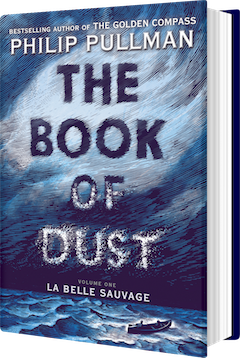
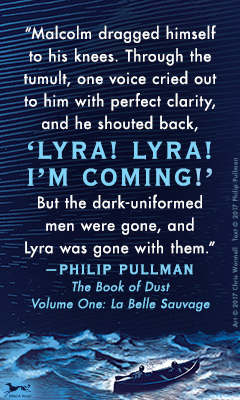
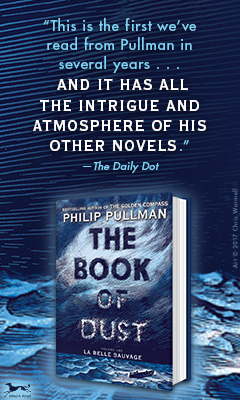
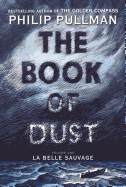

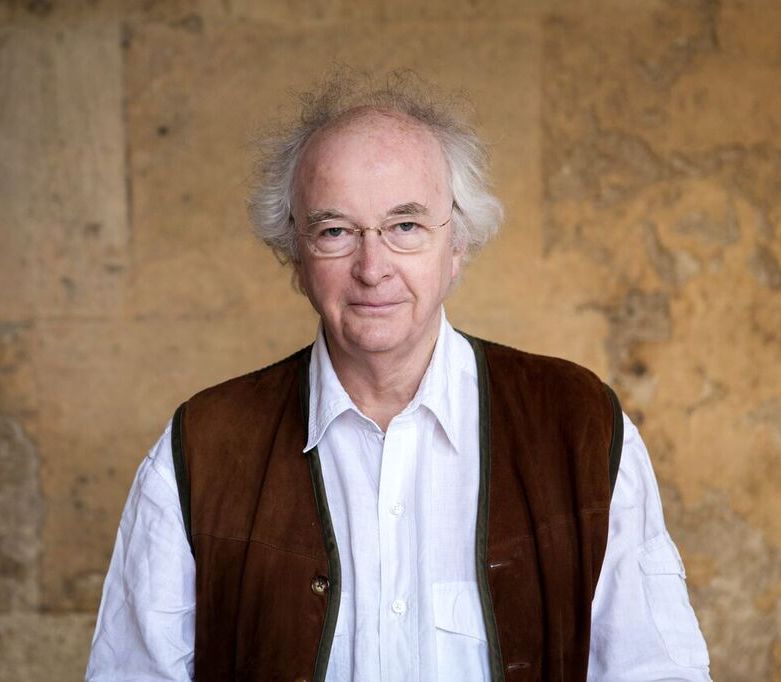
_Michael_Lionstar_crop.jpg)